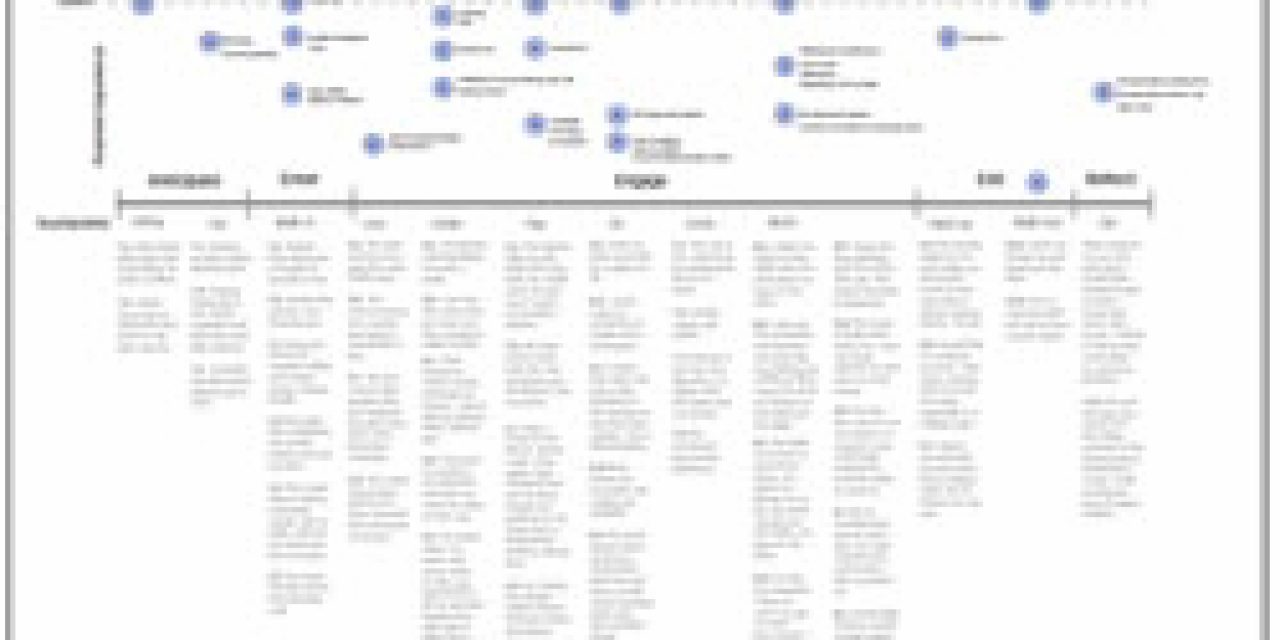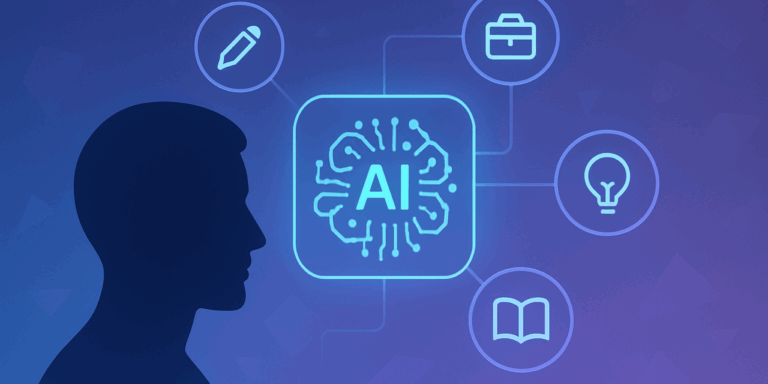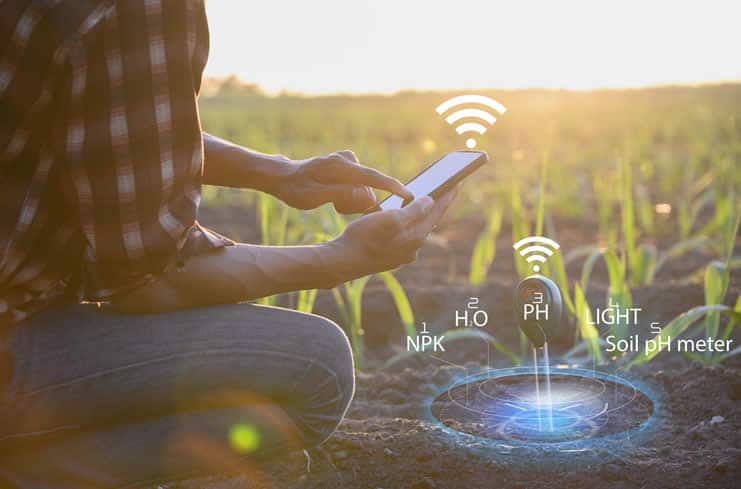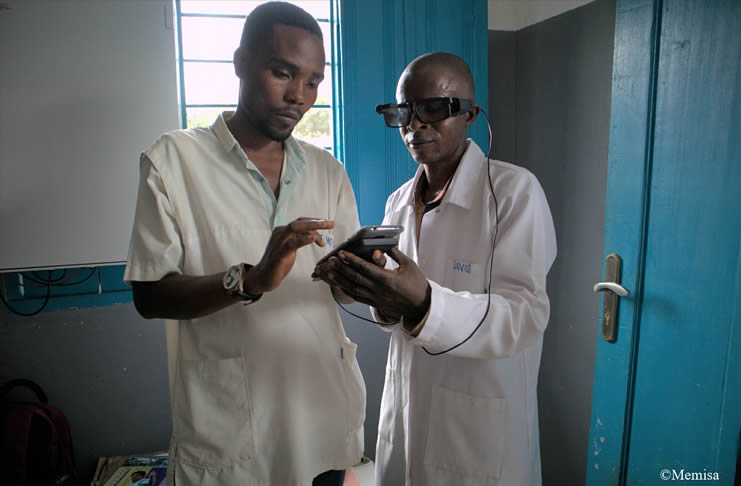Enabling great customer experiences and optimizing processes and interactions across all touchpoints in a consistent and human, customer-centric way leads to marketing and business success. And it increasingly revolves around personal, personalized and at the same time connected and integrated approaches.
The customer experience is the sum of all contact moments (touches) the connected customer has across different touchpoints during his individual customer life cycle. Each ‘touch’ with a company, whether it’s direct or indirect, shapes the overall customer experience.
The customer experience is a journey. It’s not about how a product or service is experienced each time it’s “consumed”, although that’s part of it. It’s not just about a single experience, although a single negative experience can totally ruin the overall experience and end the customer relationship. Customer experience optimization is also about experiences as they occur outside any direct contact. It’s all-encompassing. And it goes far beyond customer service, the contact center and the transactional dimension – it’s about connected and ubiquitous optimization.
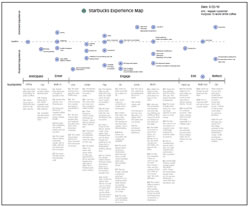
Let’s take a hotel chain as an example. Each stay in a specific hotel and how it is perceived influences the overall experience and thus also the brand experience. It’s about the mood of the customer service agent when you have a complaint. It’s about the cleanness of the towels. About the email newsletters you receive, the social presences, the content, the informal chat with an employee at the bar, the online booking tool, the small gift you get as a returning customer, the loyalty program, the design, the everything.
In a connected reality, the customer experience is further formed by the experiences and perceptions of your closest connections and, yes, even the occasional total stranger. Furthermore, these peer experiences can shape your perception of a brand without ever having been in touch with it directly. The first time I stepped into a Starbucks coffeeshop I perfectly knew what to expect, based on influences, my circles of trust and perception. Obviously, all touches have a different degree of impact, which is influenced by our perception and even ‘state’. When you’re having a bad day, you probably will be more impacted by a negatively perceived touch and make it ‘bigger’ than it is and than you normally would. An excellent stay overall in a specific hotel will make you forget the troubles you had while booking, etc. Although all touches matter, in the end customer experience is end-to-end and some touches matter more than others (hence the need to prioritize and design the experiences in function of key priorities and the total experience as well).
The customer experience, in the holistic sense it is really about, is clearly getting more attention by different marketing practitioners, regardless of their background. And that has to do with the changing buyer’s journey, increased expectations and good old efficiency. A single customer view is about the customer experience as well. Sure, integrating – or better connecting – processes, division, systems, marketing tactics and the different stages in the customer life cycle offers other benefits. Think about cost-savings, for instance. A higher degree of business agility. Or even the simple fact that changing the way marketing is organized across the enterprise, automatically brings along a process of self-reflection and optimization.
Effective leaders strengthen the customer experience
However, no matter how you turn it: in the end, it’s all about the customer experience. We do not gather data, Big Data, and conduct Voice of the Customer (voC) exercises for the sake of it. We do not turn information into insights into intelligence into action to just finetune our strategies. We do it to get better results through enabling better experiences.
Providing relevant information, offering great service and facilitating great “touches” across all interactions in an involved and mutually valuable way, is a must. And organizations start realizing it. Furthermore, the economic downturn, has woken up many marketers and makes them increasingly focus on optimization and thus the customer. The result of doing so is ROI. Let’s hope these insights remain once things go better again. Because one thing is sure: the economy will improve but the consumer will not become less demanding.
It’s clear that optimizing customer experiences is becoming increasingly important in organizations. This is not only the case in marketing by the way. It’s also in serving internal customers, as IT does, for instance. And it goes far beyond marketing and customer service in the corporate ecosystem, all the way to the top. Back in 2012 a Gartner report showed that customer experience entered the top 10 of CIO technology priorities. Guess why? Indeed: because management wants it.
“The focus on the customer is increasingly important for business leaders, despite times of continued economic uncertainty and government austerity,” Gartner’s Jim Davies said. He continued: “Effective leaders use technology to strengthen the customer experience regardless of the economic environment, and they see customers as the key factor in helping their business deliver growth and operational efficiency in 2012. They also understand that a new strategy is needed to embrace social and media trends.”
Listen to the voice of the customer and start optimizing – now
Customer experiences are about touchpoints and touchpoints are by definition social. And what is a key focus in marketing? Indeed, social. “Not as ‘just another channel’ but as a whole new way of doing business,” as Gartner’s Ed Thompson put it. Listen to the voice of the customer and start focusing more on the customer experience. A warning though: when looking to improve the customer experience as is done in Customer Experience Management, make sure you don’t fall in the trap of pure CRM vendors, rebranding themselves as CEM solution providers.
The customer experience encompasses every business function and every touchpoint. Its is about more than integrated marketing or CRM. It is about people, connected technologies, infrastructure, the way we manage content and information, processes, working across and through silos and so much more. And it becomes more and more personal and contextual.
Customer experience/journey mapping as we have known it broadens in this connected context as well:
- From personas to persons.
- From expectations to emotions.
- From touchpoints to individual touches.
- From the single experience to the connected experience to the social experience.
- From customer journey mapping to real-time customer experience optimization.
And it starts here, now and in each function of your business. In each person. Incrementally. And increasingly in a personal and personalized way. Now. And now. As we speak. As the next customer comes in, calls and whatnot. Continuously. There are no customers. There is just one customer.
Always. Start mapping it and finetune even further, preparing for a real-time context. With Big Data, turned into smart and actionable data. Behavioral analytics. Predictive technologies. Adopting design thinking. But most of all a more personal and human approach. Empathy and understanding.
